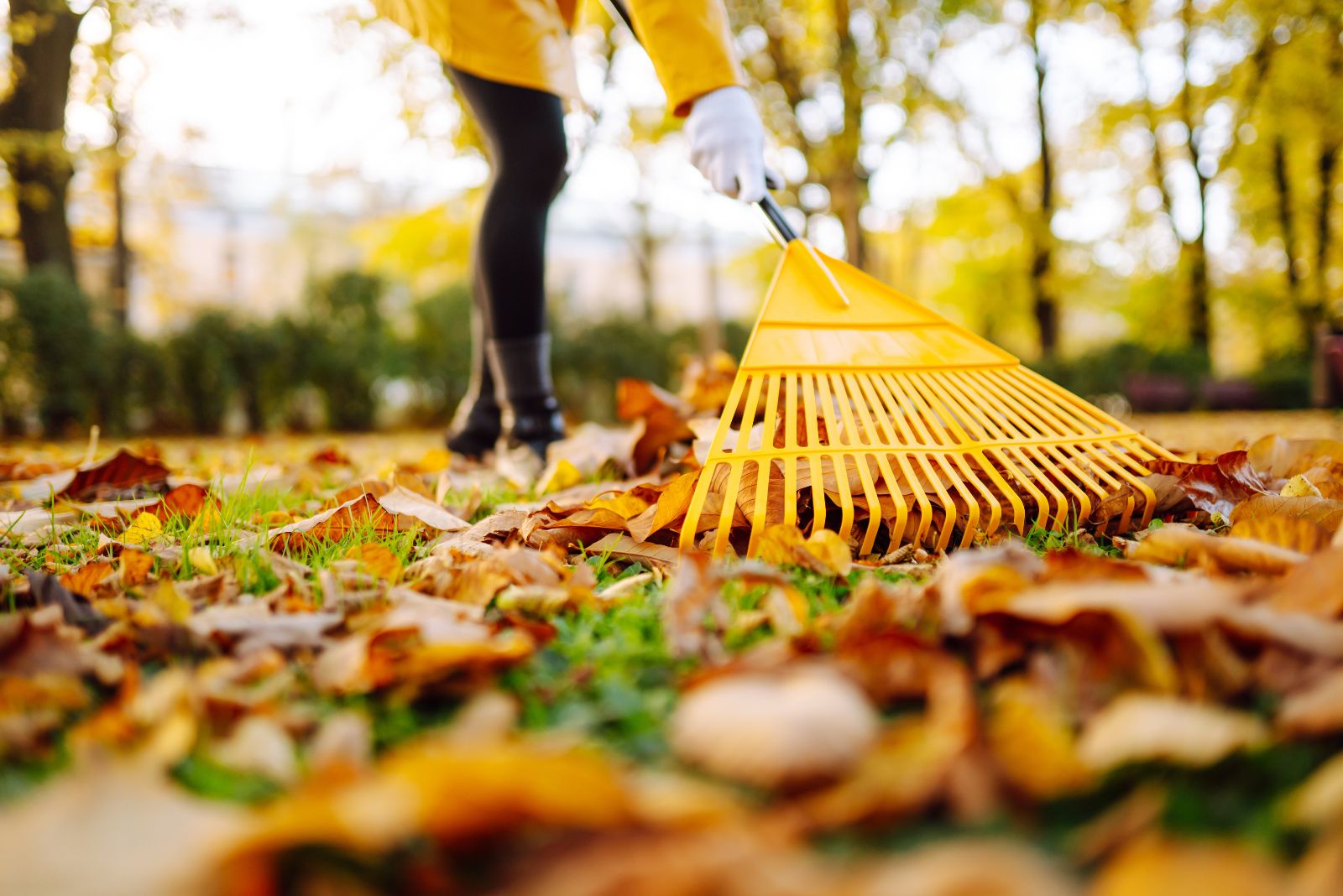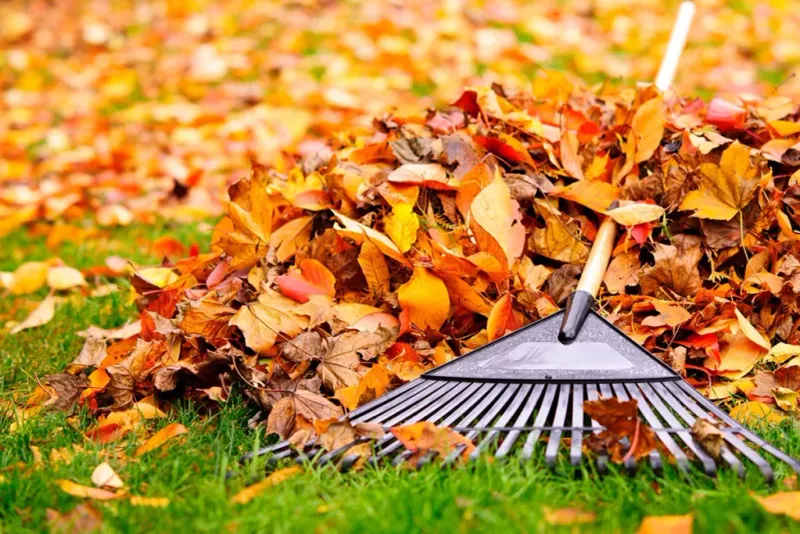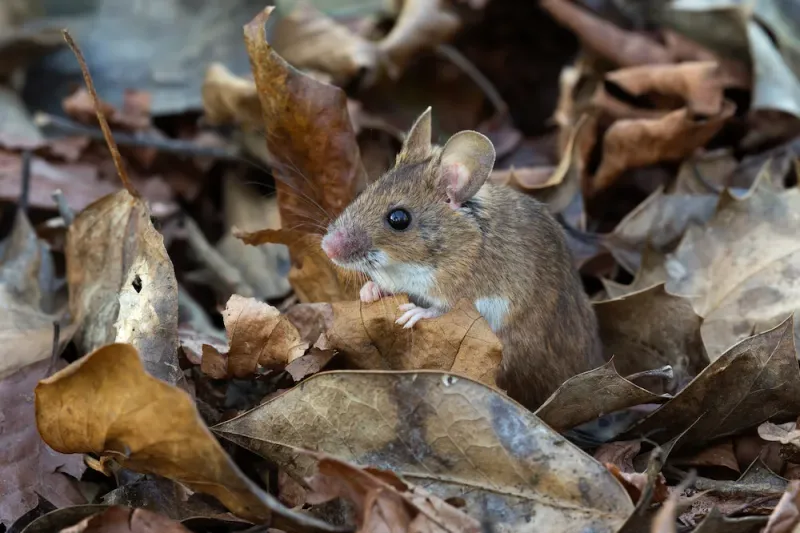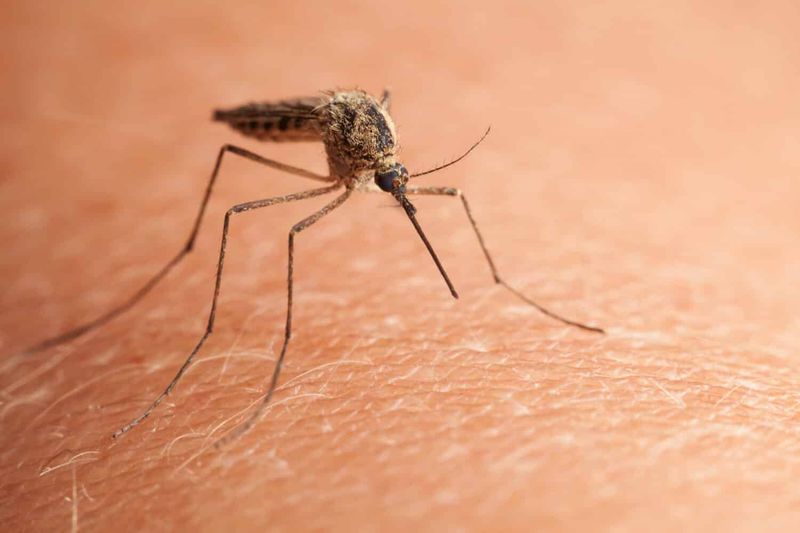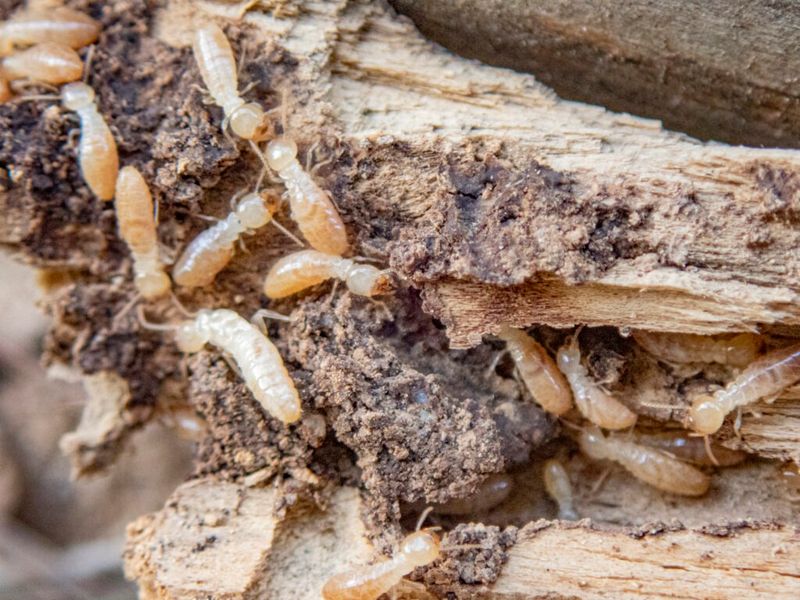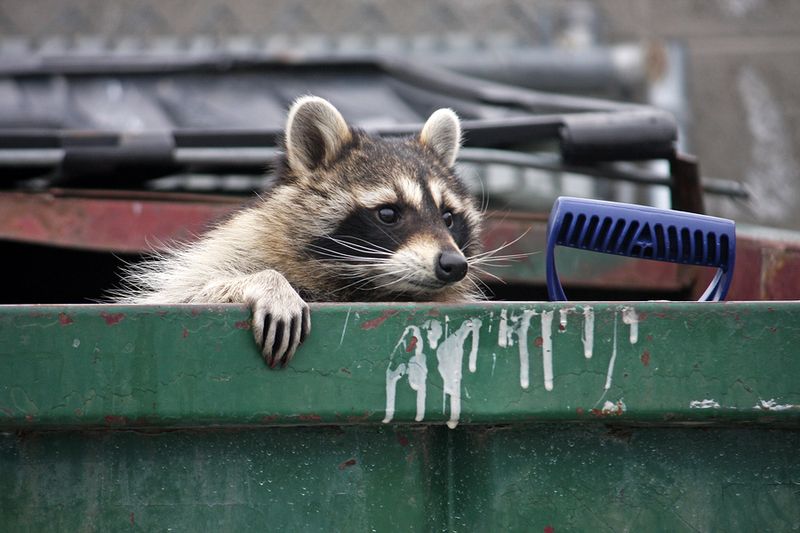As fall settles across Kentucky and leaves begin to pile up, yards can shift from tidy to cluttered almost overnight. What looks like a harmless layer of debris can turn into a welcome mat for winter pests searching for shelter from the cold.
Rodents, insects, and other unwelcome guests slip into these cozy hiding spots and stay put long after the season changes. One simple cleanup step can break that cycle and keep trouble at bay. By clearing the places pests love most, a yard stays cleaner, safer, and far less inviting once winter rolls in.
The Importance Of Removing Leaf Piles And Debris From Yards
The key fall cleanup step includes removing leaf piles and debris. This step is essential because such spots create warm, hidden shelters for pests. Rodents, insects, and other unwelcome guests settle in as temperatures drop, turning your yard into their winter home.
Clearing debris cuts off those hiding places, keeps moisture from collecting, and helps prevent disease from spreading through plants. A clean yard stays healthier, safer, and far less inviting to winter pests.
Leaf Piles Create Perfect Rodent Shelters
Mice and rats love burrowing into leaf piles because they offer warmth and protection from predators. Kentucky winters drive these rodents to seek shelter close to homes, and your yard debris becomes their first choice.
Once they settle in, rodents can quickly move from outdoor piles into your garage, basement, or attic. Removing leaves eliminates their hiding spots and forces them to look elsewhere for winter housing, keeping your property rodent-free.
Debris Attracts Harmful Insects Seeking Warmth
Spiders, beetles, and other bugs gather under leaf piles when temperatures drop. Your yard waste acts like a blanket, trapping heat and creating an ideal environment for insects to survive cold Kentucky nights.
Many of these bugs will eventually try to enter your home through cracks and gaps. By clearing debris regularly, you remove their outdoor shelter and reduce the chance of indoor invasions. A clean yard means fewer creepy crawlers near your house.
Moisture In Leaf Piles Breeds Disease-Carrying Pests
Damp leaf piles create breeding grounds for mosquitoes, even during cooler months in Kentucky. Standing water collects between decaying leaves, giving mosquitoes the perfect place to lay eggs.
Ticks also thrive in moist, shaded areas where leaves accumulate. Both pests carry diseases that can affect your family and pets. Removing wet debris stops these dangerous insects from multiplying near your home and reduces health risks throughout the winter season.
Stacked Wood And Leaves Invite Termites
Termites don’t hibernate during winter—they simply dig deeper or find warm spots to stay active. Leaf piles mixed with wood debris provide food and shelter for termite colonies near your home’s foundation.
Kentucky’s mild winter days allow termites to remain active longer than in colder states. Clearing organic material from your yard removes their food source and prevents them from establishing colonies that could eventually damage your house’s wooden structures.
Cluttered Yards Hide Snake Hiding Spots
Snakes seek shelter in leaf piles and yard debris during winter months to stay warm and hunt for rodents. While most Kentucky snakes are harmless, some venomous species like copperheads also use these areas.
Piles of leaves provide cover that makes it hard to spot snakes before accidentally disturbing them. Keeping your yard clear improves visibility and eliminates the dark, protected spaces snakes prefer, making your outdoor areas safer for children and pets.
Decaying Organic Matter Draws Scavenging Wildlife
Raccoons, opossums, and skunks dig through leaf piles searching for insects, grubs, and other food sources. Your yard debris becomes a buffet that attracts these animals night after night.
Wildlife visitors can damage lawns, spread parasites, and create messes near your home. Some may even try to nest in your attic or crawl space. Removing leaves and debris eliminates the food supply that draws them to your property in the first place.
Clean Yards Reduce Pest Entry Points To Homes
Leaf piles stacked against your house create bridges that pests use to reach windows, vents, and foundation cracks. Ants, spiders, and other insects climb through debris directly onto your home’s exterior.
Maintaining space between yard waste and your foundation makes it harder for pests to find entry points. A clean perimeter around your house acts as a protective barrier, forcing pests to travel across open ground where they’re more exposed and less likely to succeed.

